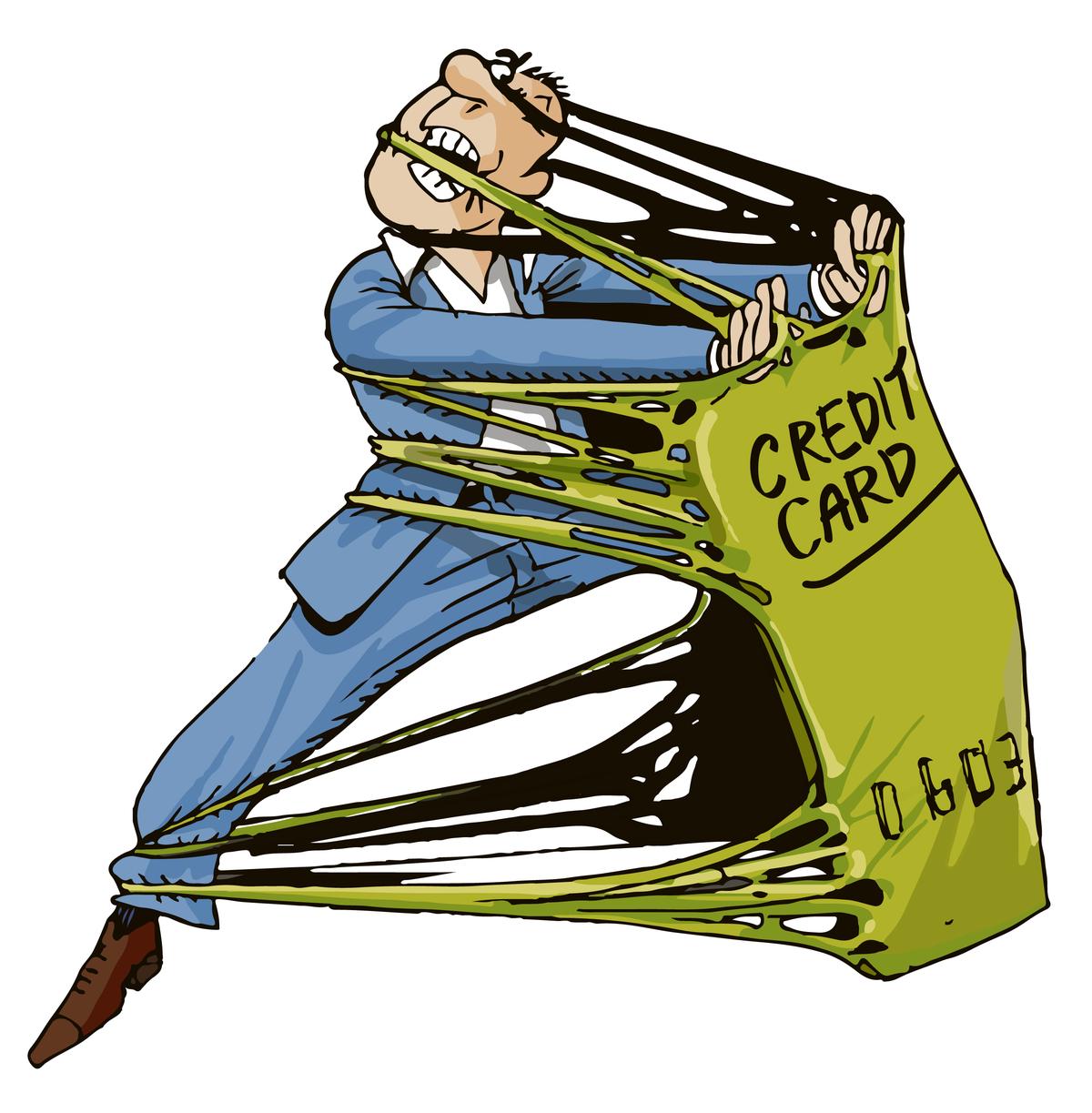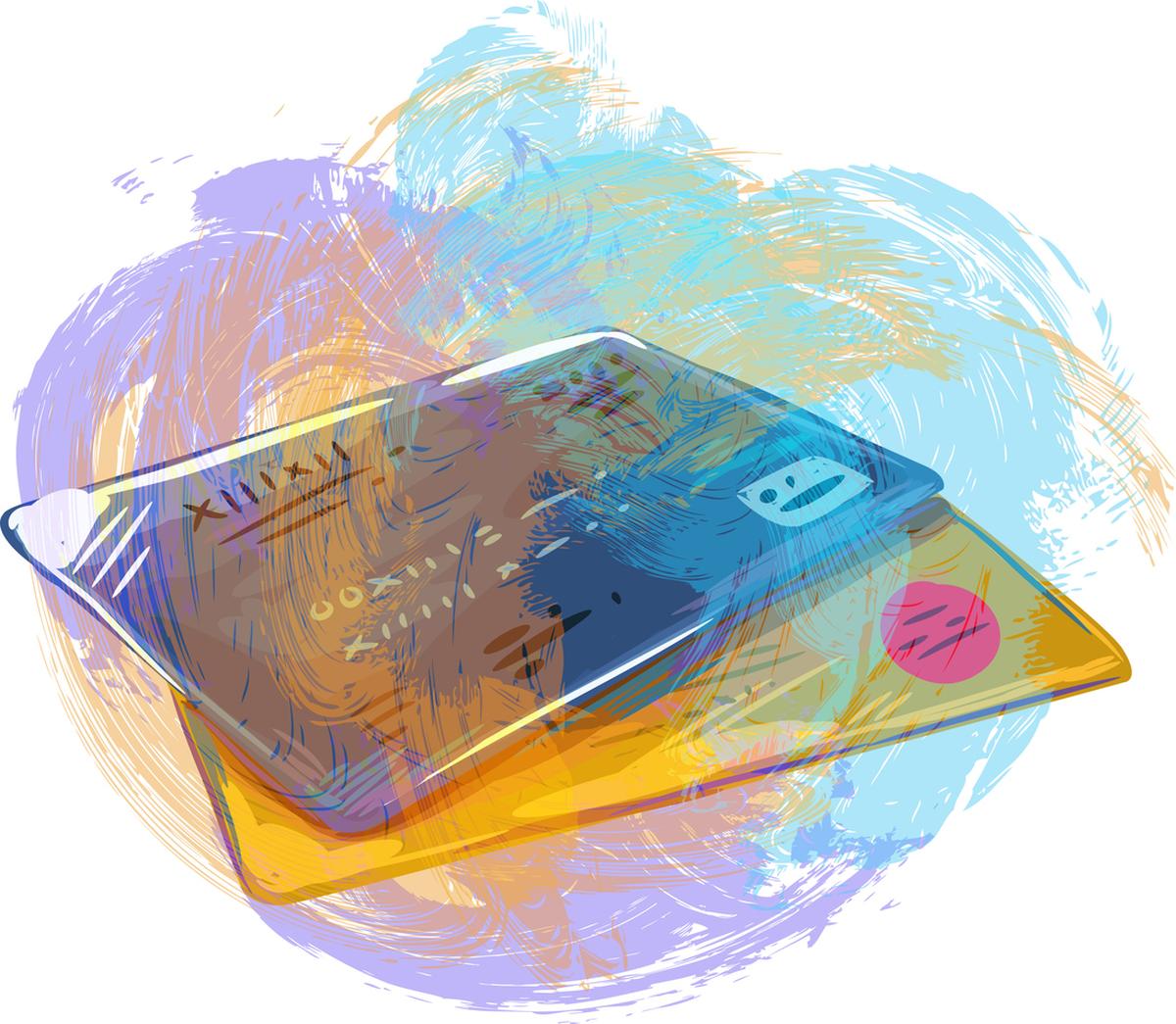On the ‘Credit Cards India’ subreddit, a user writes, “Lost my job, ₹80k in credit card debt, no income. What are my options?” Another says, “Drowning in credit card debt (ICICI, Axis, HDFC, Federal) — no income, no support. Please help.” A third asks, “Struggling with EMIs. Is foreclosure a good idea?” These are just a few of the hundreds of desperate posts that expose the harsh reality behind India’s growing financial aspirations.
Living on credit
Credit card debt is no longer a silent crisis. Last year alone, defaults in India surged 28%, touching ₹6,742 crore. This sharp rise reflects not just poor budgeting or overspending, but a deeper shift: more Indians are relying on credit not for convenience, but simply to keep up. It’s a mirror to our insecurities and aspirations.
Whether it’s a lavish wedding, the latest iPhone on EMI, or an international holiday “because all our friends are doing it”, our appetite for consumption is increasingly driven by borrowed money. With ₹2.9 lakh crore in dues and ₹10.5 crore credit cards in use as per RBI, India’s credit-driven spending is at its highest. Even UPI-linked credit card payments crossed ₹63,825 crore by late 2024. The numbers show a disturbing shift — debt is now a normal way to spend.
What’s fuelling the crisis?
Young India’s debt spiral stems from a lack of awareness about how credit cards actually work. They’re being marketed to 20-somethings as a ticket to the life they think they deserve — no caveats, no warnings. Unsurprisingly, Gen Z now makes up 41% of all first-time borrowers, according to CIBIL. As a country, we’ve gone from being debt-averse to debt-optimistic, from avoiding impulse buys to swiping without a second thought, and there’s no middle ground in sight.

Young India’s debt spiral stems from a lack of awareness
| Photo Credit:
Getty Images/iStockPhoto
It’s important to understand that cheap credit isn’t just filling income gaps or helping in emergencies — it’s now shaping entire identities. An iPhone becomes a symbol of success. A vacation on EMI is seen as proof of “work-life balance”. Weddings, home upgrades, and even education choices are often driven more by perception than prudence.
The true cost of credit
For many, the wake-up call isn’t dramatic — it’s a text from the bank. Minimum due: ₹12,000. Interest charged: ₹3,500. Before long, the interest is more than the amount spent, since credit card rates can be 42% to 56% a year.
As someone who often talks about personal finance with people, I see that credit card debt, though common, isn’t taken seriously enough because shame and guilt keep people silent. If you’re in the red, know this, guilt won’t help, but a plan will. The system may be built to keep you swiping, but there are ways to take back control.
Debt detox
Here are four strategies to help you break up with debt and get your money, and peace of mind, back on track.
1. Focus on getting debt-free
Credit card debt grows fast because high interest is charged not just on missed payments, but also on new spends. So, make clearing this debt your top priority, even if it means pausing your SIPs or pulling out from existing investments. Your savings, and sanity, will thank you later.
2. Avalanche or snowball?
If you have debt across multiple cards or EMIs, start by clearing the highest-interest ones first — this “avalanche” method makes your debt cheaper overall. The “snowball” method, where you pay off the smallest debts first to build momentum, can feel rewarding but may cost more in the long run.
3. Find additional income
Additional income can often be a saviour at times of financial distress. Taking on a freelance or gig role, even something as simple as teaching your neighbour’s kids algebra, can help you pay off your debts faster.

Additional income can often be a saviour
| Photo Credit:
Getty Images/iStockPhoto
4. Talk to your bank
It might surprise you, but your bank may help if you reach out before things get complicated. Most banks in India have hardship or collections teams that can restructure your dues, especially if you act early. You can ask for:
– Lower interest rates or a temporary freeze
– EMI conversion of your outstanding balance at a lower rate
– Waiver of late fees or penalties
– In extreme cases, a one-time “settlement” (note: this affects your credit score, so use it only as a last resort)
It’s important to contact your bank as soon as possible. If your account defaults multiple times or is marked as a Non-Performing Asset (NPA), negotiating becomes much harder, and your credit score tanks.
Smart money moves
Do a debt audit: List every loan, EMI, or credit card balance you owe. Include the interest rate, monthly payment, and due date. This isn’t about shame, it’s about clarity.
Understand your triggers: Were you sad when you made that purchase? Was it FOMO, peer pressure, or guilt? Knowing how you feel when you spend is as important as knowing how much you spend. (Tip: keep a “why I spent” column next to your expenses.)
Make a “no” budget: List what you won’t spend on. No new gadgets till Diwali. No dining out more than twice a month. No gifts over ₹500 per person. These are boundaries, not punishments.
Reframe spending as trade-offs: Instead of asking, “Can I afford this EMI?” ask, “What am I giving up to afford it?” Maybe it’s quitting a toxic job or next year’s holiday. Spend consciously, not compulsively.

List what you won’t spend on
| Photo Credit:
Getty Images/iStockPhoto
Financial freedom isn’t about how much we borrow. It’s about how resilient we are when income slows, interest rates rise, or emergencies happen. As a country, we must go beyond access and talk about agency. That means clear disclosures, financial education in schools, and a culture where talking about money isn’t taboo and living within your means is seen as wisdom, not a lack of ambition.
The writer is a chartered accountant and author of personal finance book Money Doesn’t Grow On Trees.
Published – September 05, 2025 07:07 am IST























